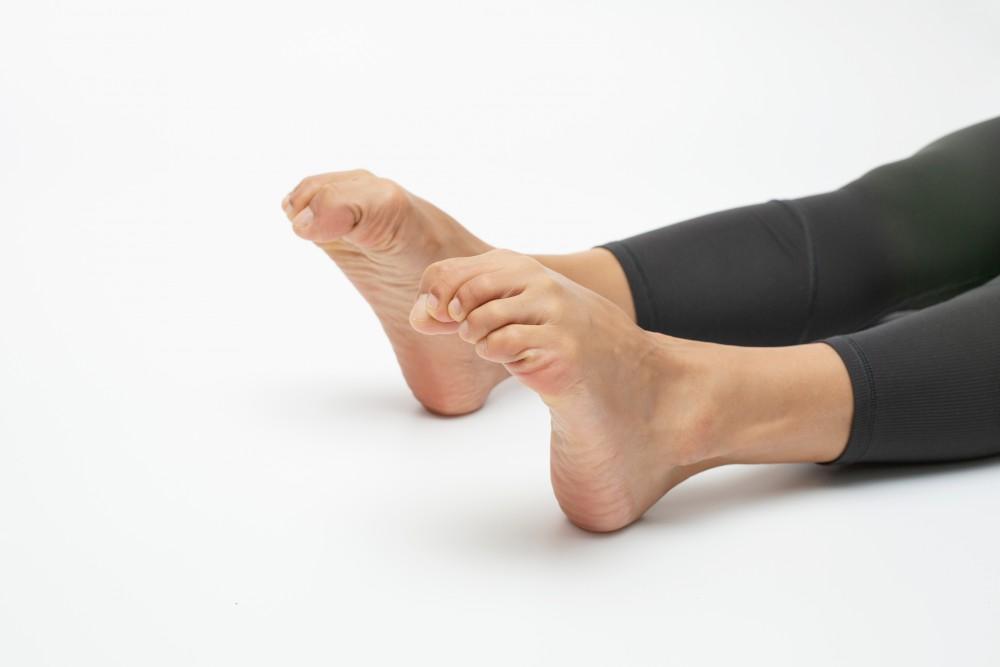
Understanding 4 Common Types of Arthritis

The Arthritis Foundation reports over 100 forms of the joint condition. Despite this wide range of diseases, only a few forms of arthritis dominate the majority of cases experienced by Americans.
Common types of arthritis can be grouped in various ways. At Bahri Orthopedics & Sports Medicine Clinic, we sort arthritic diseases by the nature of their causes. Classified this way, there are four common types of arthritis. Generally, each type of arthritis creates its type of pain while having its treatment approaches.
Degenerative arthritis
Degenerative forms of arthritis stem from wear and tear on your joints. By far, this is the most common type of arthritis, composed exclusively of the disease called osteoarthritis. Joint deterioration results from accumulated damage to the joint, which wears away the cartilage coverings of bone.
Cartilage provides virtually frictionless motion within joints, so when this tough, cushioning layer starts to wear, it can restrict the range of movement of an affected joint while also allowing painful bone-on-bone contact.
You may develop osteoarthritis simply from the passing of time, but previous injuries may also contribute to its early appearance. As the condition advances, it can cause the deterioration of joint bones and soft tissue, including the inflammation of the joint lining.
Inflammatory arthritis
Rheumatoid arthritis follows osteoarthritis as the next most common form, and it belongs to other inflammatory arthritis types, including psoriatic arthritis and ankylosing spondylitis. These types of disease tend to cause more severe swelling of the affected joints, often due to autoimmune conditions where the immune system begins to attack joint linings.
The synovial membrane surrounds many joints in the body, enclosing a fluid that nourishes and lubricates. As inflammatory arthritis destroys this membrane, damage to cartilage and bone follows unless you receive treatment. Once damage begins, it can’t be reversed. Early diagnosis and treatment help limit the problems these forms of arthritis cause.
Metabolic arthritis
Some diseases of your body’s metabolism can cause arthritic effects. The most common of these is gout, a problem caused by a build-up of uric acid in the blood. Crystals of acid collect within joints, most commonly the big toe, ankle, or knee, causing severe pain. Attacks often occur suddenly and overnight, so you go to bed pain-free, while in the morning your foot can’t bear weight.
There are other metabolic connections to arthritis, such as metabolic syndrome-associated arthritis. Obesity, insulin-resistant diabetes, and hypertension are some conditions that group under metabolic syndrome. It’s connected with an increased risk of osteoarthritis.
Infectious arthritis
Like other body systems, infections can affect joints. These can start in the joint or move from other places in the body, originating from viruses, bacteria, or fungi. You may experience redness and swelling along with intense joint pain. You should treat infectious arthritis as a medical emergency requiring immediate attention.
Otherwise, schedule a consultation with Bahri Orthopedics & Sports Medicine Clinic for help with your arthritis, regardless of type or cause. We’re arthritis specialists who can diagnose and treat your problem joints. Book your visit at the nearest of our two locations by calling or clicking. While most cases of arthritis can’t be cured, treatments can improve mobility and quality of life. Make an appointment today.
You Might Also Enjoy...


Fracture Care: Nonsurgical Options vs. Surgery

Am I a Good Candidate For Shoulder Replacement?

Staying Active With Knee Osteoarthritis: Our Top Tips

Struggling with Ankle Instability? Here's How to Avoid Future Sprains


